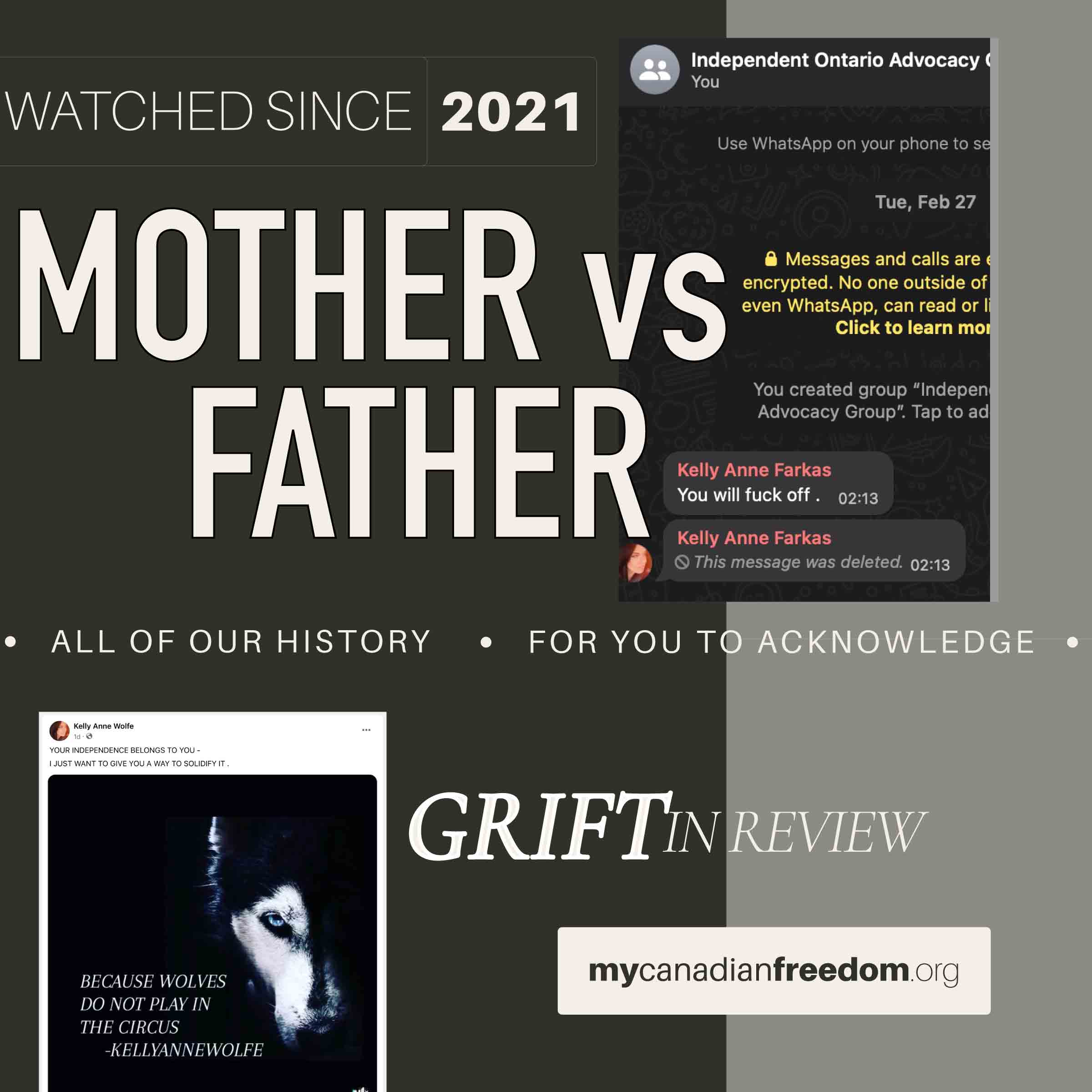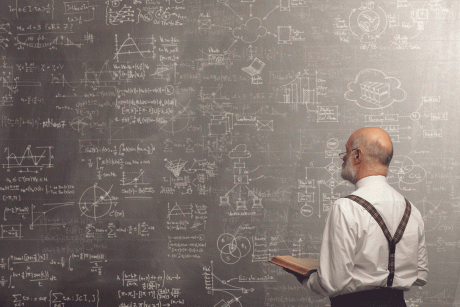
The Arecibo Observatory in Puerto Rico recently tracked an asteroid hurtling towards Earth: Its closest approach was on April 29, but it's due for a return in 2079. Then it will pass about 3.5 times closer to Earth than it did this year; astronomers explained it was therefore vital to investigate its orbit precisely.
Practicing a form of social distancing on this approach, the asteroid, approximately 1.2 miles across in size, named 1998 OR2, seemed aware that it was nearing a pandemic, according to those observing it, as it appeared to be wearing a protective face mask.
We suffer a strong psychological tendency to see faces, and facial features, in otherwise random features around us. Our perceptual system shapes what we perceive, and often "fills in" unclear scenes, revealing something that may not actually be there.
For example, in one of the first images sent back from the 1976 Viking 1 mission to Mars, an eerily strong likeness of a human face appeared, which scientists put down to a trick of the light cast by shadows across the planet’s surface.
Pareidolia refers to this common tendency to discern, for example, meaningful shapes in clouds; but why does it seem to be faces more than any other illusion?
Our brains may be biased to detect faces because the error of missing a face in the undergrowth, when it really is there, but hiding, could have cost your tribe members their lives, back in the day of routine raids in our ancestral environments. Perceptual "filling in" of the missing bits not visible, may save your life.
Evolutionary pressure explains why we are programmed to lock on to faces in our environment, and to process the mental state of people around us, by analyzing their facial expressions. There is clear survival value in noticing from a frown that someone is getting angry with us, long before they throw a spear, or dump us as lovers.
Our brains even make decisions about how attractive another person's face is within around 13 thousanths of a second, processing so fast that it occurs below conscious awareness.
How will protective face masks worn during a pandemic impact these fundamental psychological processes of person perception? A recent study entitled, "Face perception loves a challenge: Less information sparks more attraction," found that hiding half the face significantly increased its attractiveness to observers. The authors from the University of Lethbridge, Canada, found that removing visual information by blurring the face produced a similar effect. Does this explain why women throughout history deployed maneuvers such as hair falling across the face, or veils partially concealing their countenance?
The authors, Javid Sadr and Lauren Krowicki, calculate that their effect is so mathematically robust that they can confidently declare that “50% less face” produces “40% more attractiveness." Anna Wintour, the editor of Vogue, who knows a thing or two about feminine beauty, always wears trademark super-sized dark sunglasses, obscuring half her face.
However, this study, published in the journal Vision Research, did not conceal the face horizontally, as a face mask would. Instead the face was obscured vertically on the left- or right-hand side. The general conclusion, that less is more when it comes to viewing a face leading to increased attraction, may still apply to wearing a face mask.
Late photographer Terry O'Neill took perhaps the most iconically beautiful picture of film star Brigette Bardot in 1971, on the set of a movie she was shooting at the time; yet what makes the picture particularly breathtaking, in its portrayal of her beauty, is that, paradoxically, the genius photographer waited for the precise moment when the wind blew her hair across her perfect cheekbones, so it partially obscured her upper face and eyes, before pressing the shutter button.
This reinforces the "less is more" theory of facial attractiveness advocated by Sadr and Krowicki. The psychologists speculate that one possible reason why faces become more beautiful to the perceiver when they are half obscured is that our brains are then forced to fill in the missing features. Maybe we tend to reflexively assume a much more desirable missing contour than is the reality. This may be because our neurology is forced to revert to ideal or more desirable features, because this is a stronger feature of our unconscious.
Is this why a veil is such a key part of the wedding costume? If shrouding her face enhances the beauty of the bride as she comes down the aisle, and if mystery adds to her allure, then will face mask psychology work in the same way?
But at the heart of the psychology of the wedding veil are other key elements: It is a celebration, not a life and death predicament; the bride voluntarily chooses to wear a veil and is not ordered to; and it is symbolically important that the groom lifts the veil.
If partial masking increases attractiveness because the brain fills in, then maybe the key issue becomes what the brain speculates the mask is hiding. In a pandemic the face mask looks like it might be concealing a dangerous infection.
Filling in gaps in what you know about others, but doing so under background conditions where the brain projects threat onto the outside world, is now linked to serious mental illness. Diagnoses such as borderline personality disorder, paranoid schizophrenia, or severe autism, involve deficits in processing other people's facial expressions. Paranoia has been linked to a tendency to make negative assumptions about relatively neutral facial expressions.
In a recent study entitled "Mapping the emotional face: How individual face parts contribute to successful emotion recognition," individual faces expressing the basic emotions were hidden behind a mask of 48 tiles, which were sequentially uncovered.
The study, from researchers based at Bielefeld University, Germany, found that observers mostly relied on the eye and mouth regions when successfully recognizing an emotion. Furthermore, different moods are detected from contrasting parts of the face. So, spotting sadness and fear relies on focusing on the eyes, whereas disgust and happiness are more reliably detected by concentrating on the mouth area.
As the eyes and mouth turned out to be the most important parts of facial expressions for recognizing feelings, expressions could be grouped systematically into “upper-face” and “lower-face” expressions.
The researchers (Martin Wegrzyn, Maria Vogt, Berna Kireclioglu, Julia Schneider, and Johanna Kissler) point out that we are most prone to confuse anger with disgust, as well as fear with surprise. Given that we already make mistakes over-interpreting facial expressions, how much more likely is it that this will become a kind of emotional pandemic if we all remain masked because of the virus?
On the other hand, those suffering from social phobia or anxiety, one of the commonest fears, may welcome wearing face masks precisely because they would prefer to veil their emotional state from the outside world all the time. They suffer from the dread that others are noticing they are blushing, or anxious, making negative judgments about them a result.
Erytrophobia is the fear of blushing in public and is a surprisingly common and debilitating condition. A face mask will hide their blushes, so millions may be grateful for the sense of security that face masks might bestow, and perhaps for the shy, greater anonymity may be a breath of fresh air. Some other cultures may embrace the face mask more easily, linked to whether they are less generally emotionally expressive compared to those in the West.
Samuel Cohn, a history professor at the University of Glasgow, recently published an article entitled, "Face masks: What the Spanish flu can teach us about making them compulsory." He reported that during the 1918-1920 pandemic, the U.S. public appeared to rebel much more over being forced to wear face masks than any of the much more restrictive measures that interfered with their liberty and everyday lives. There was something about the compulsory covering of the face that had a much bigger, somewhat surprising psychological impact on the population.
As your own face is the one you stare at most, through its reflection in a mirror, research confirms that we are more attracted to, and may even end up marrying, people with a similar facial structure to our own. Plus we are likely to get on better within a marriage with people whose faces structurally resemble our own.
If we are dating for an extended period while wearing a face mask, maybe for the first time a generation will end up marrying people who look very different from themselves. At some unconscious level was that partly what the face mask rebellion of the Spanish Flu was about?
People might again rebel now against wearing face masks more than any other public health measure because of their psychology. For example, UK Prime Minister Boris Johnson is currently leading an administration advocating wearing face masks, yet he himself in August 2018 became embroiled in a row because he was against women wearing face coverings in the form of the burkha.
According to the BBC News, Johnson said he felt "fully entitled" to expect women to remove face coverings when talking to him, and that schools and universities should be able to take the same approach if a student "turns up... looking like a bank robber .... I would go further and say that it is absolutely ridiculous that people should choose to go around looking like letter boxes."
He also said back then that businesses and government agencies should be able to "enforce a dress code" that allowed them to see customers' faces. Perhaps it was the suppression of individuality and forced conformity which bothered him then, but this could also now be a source of unease for millions forced to adopt a face covering, which may not be part of their natural psychology.
Dr. Peter Bruggen passed away in 2018. While this article was written by Dr. Raj Persaud, Dr. Bruggen's name is retained biographically as a tribute to his contributions overall.







Comments